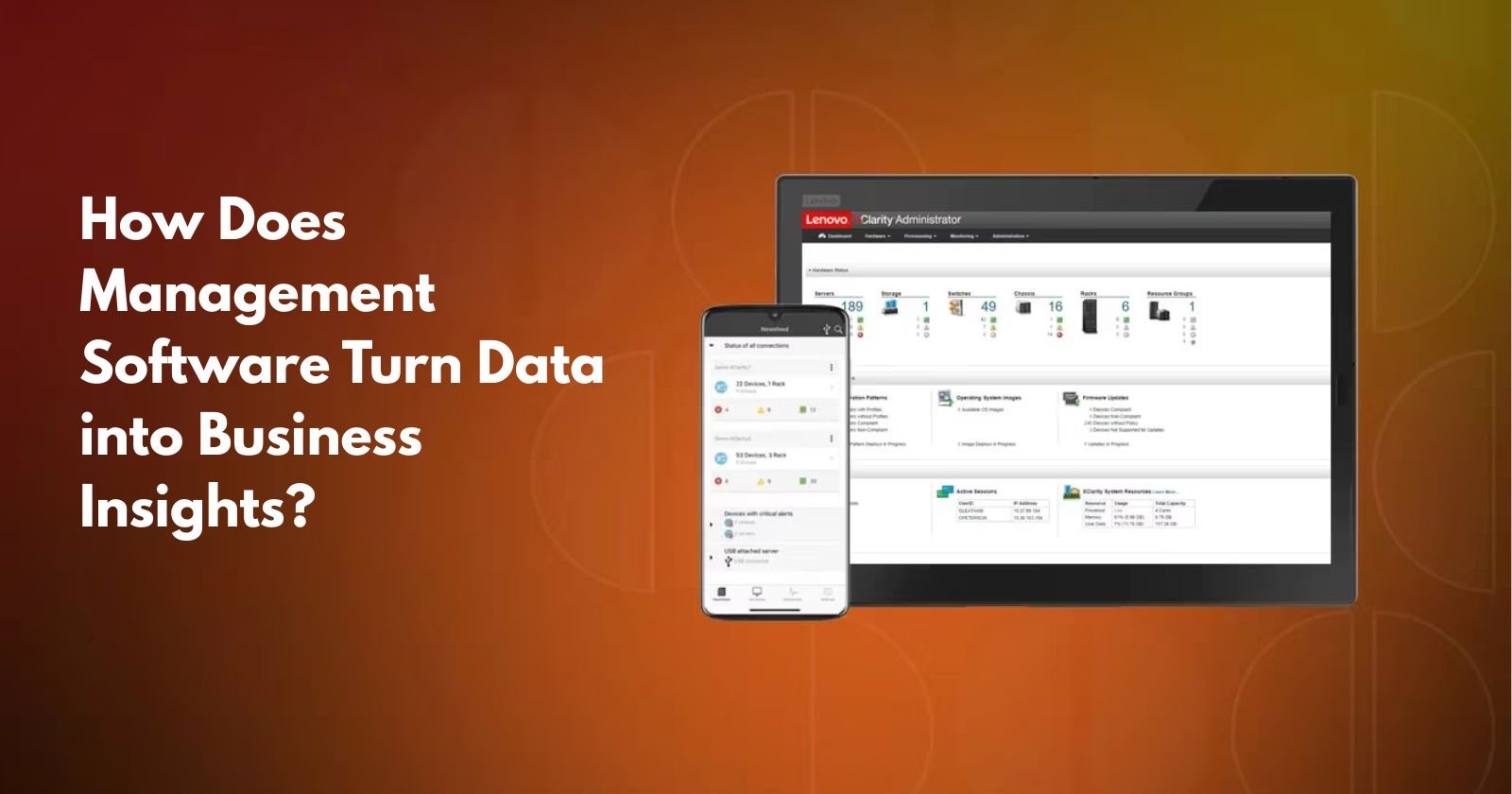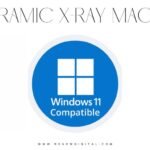Data is everywhere and is created every second, every time you open your phone, computer, or shop online.
You may be surprised to know that, every minute, people send over 376.5 billion emails and post more than 500,000 comments on Facebook. And that’s a lot of information!
But raw data means nothing. To be useful, it needs to be sorted and understood. This is where management software steps in.
Management software organizes, analyzes, and presents data in simple ways, helping businesses make smart decisions faster.
Want to know how? Here, you’ll learn how management software turns data into powerful business insights.
1. Real-Time Dashboards Keep You in the Know
Management software provides real-time dashboards that provide real-time updates. These dashboards pull new data from various areas of the business and consolidate them all in one location. The Software Solutions contains all of the information, including sales, inventory, and customer orders.
Business owners and managers no longer have to wait for a team member to e-mail them a report. The dashboard provides immediate updates.
For instance, if sales dip, the manager notices it immediately and can act immediately. This type of instant action can make a big impact.
Why This Works So Well
Live dashboards eliminate guessing. You don’t have to go through pages or request updates. Everything is clearly laid out to see. Most importantly, they save time and enhance decision-making on the spot.
2. Collects Data Automatically
Collecting data manually is time-consuming and error-prone. Management software does it for you. Monitors sales, orders, and customer information automatically without anyone having to type it in. With reliable data, firms can rely on their reports and make informed decisions.
- Imports data from websites, apps, and emails in real time.
- Eliminates errors because no typing is required.
3. Keeps Data Tidy
Raw data is like a cluttered room, impossible to find anything useful. Management software tidies it up. When data is properly organized, trends are easy to find.
- Organizes data into categories such as sales, customers, and expenses.
- Eliminates duplicate or redundant information to maintain cleanliness.
- Keeps everything in one place so nothing is lost.
Why Is Clean Data Important?
Think of looking for a book in an unlabeled library. Mess, right? Clean data operates in the same manner. Companies can easily locate what they require without spending too much time.
4. Visual Charts Make Hard Data Simple
Charts and graphs are a large part of how management software simplifies data. These graphics translate figures into easy-to-see images. You don’t have to be a data scientist. Everyone can easily tell what’s increasing or decreasing.
For instance, a sales chart can indicate which product category is increasing rapidly and which one is declining.
When others glance at a chart, they get the message quicker than scanning rows of numbers. It’s excellent for team meetings, breaking news, and decision-making. Graphics streamline the team and push projects ahead with clarity.
5. Inventory and Supply Data Keep Stock Levels Just Right
Inventory management is tricky. If you buy too much, you’re throwing money away. If you buy too little, you’re leaving money on the table. Management software fixes this by keeping a tight tab on inventory levels.
It monitors what’s coming in, what’s going out, and what needs to be reordered. It can even notify suppliers directly if stock is low.
You don’t have to risk depleting best-selling products or throwing money away on slow sellers. The software keeps you in balance and prevents expensive blunders. This also creates better relationships with your suppliers since everything remains on schedule.
6. Identifies Hidden Patterns
Humans can overlook small points in large data. Software identifies patterns immediately.
Indicates which products sell best during various times.
- Identifies customer behaviors, such as when they shop most.
- Forecasts future trends from historical data.
For instance, if Friday sales boom all the time, companies can plan ahead.
7. Automatic Reports Save Time and Effort
Good software takes raw numbers and turns them into neat reports. These reports are clear and easy to read.
- Reports show what’s working and what’s not.
- Teams don’t have to spend hours doing it by hand.
- You can schedule reports to arrive daily or weekly.
This means business leaders don’t miss important updates. They can look at what happened, why it happened, and what needs to be done next. Companies utilizing data expand 3 times quicker than those that do not.
Waiting to make a decision can equate to lost opportunities. With real-time insights, companies make decisions quickly and remain ahead.
8. Enhances Customer Experience
Happy customers equal more sales. Management software makes them better understood. When companies understand what customers need, they serve them better.
- Maintains record of customer feedback and complaints.
- Makes recommendations for individualized offers on previous purchases.
- Pinpoints loyal customers who need rewards.
Conclusion
Data is powerful, but only if used correctly. Data alone won’t grow your business. It’s what you do with that data that matters. Management software makes it simple. It turns random facts into sharp insights. It tells you what’s going well and where to improve.
By using tools like dashboards, reports, charts, and filters, you don’t just look at numbers, you learn from them. And that learning helps you grow faster, work smarter, and serve better.
Use these eight simple ways to make your data talk. When your data speaks clearly, your business listens and wins.



